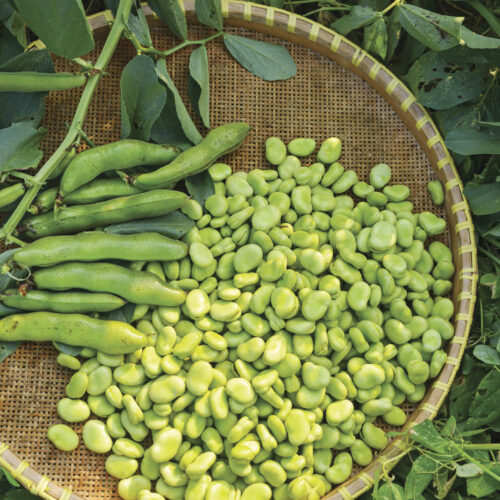Time for planting onions
2010-03-08T05:13:55+11:00
From leeks and shallots to red salad onions, the members of the onion family are an incredibly versatile lot and they’re wonderful crops to grow at home, too.
From leeks and shallots to red salad onions, the members of the onion family are an incredibly versatile lot and they’re wonderful crops to grow at home, too. For most areas, autumn is the time to sow seed or plant seedlings and it’s particularly urgent in warmer areas where true onions need a long, cool growing season to fully develop. If you’re in a cool area you can delay planting some varieties until winter.
What your onion crop will need to grow
Onions need full sun and excellent drainage. They like a soil that’s high in organic matter, but not overly rich. A good spot to choose is one where a leafy vegetable has just been harvested. In other words, a well-prepared area where most of the nitrogen has been used up by the previous crop. Too much nitrogen will result in excessive leaf growth at the expense of sweet white swollen bulbs. The pH level is important. Onions need something around 6.5. Add lime or dolomite if necessary to sweeten the soil and you’ll be guaranteed the best results.
Planting onion seeds
All onion seeds look the same – weird and angular – like oversized grains of black sand. They are easy to sow, but must be fresh. If you have an old packet sitting around that’s passed its use-by date, toss it out and buy a new pack.
I find that sowing into punnets is the best way to go as it gives you greater control over spacing when they go in the ground. If you can’t be bothered with seed, a $3 punnet from your local nursery is great value and they usually contain up to 50 seedlings or more.
Next step
Seedlings are ready to plant out when they get to 10-15cm long. Pull them out of the punnet and shake off all the potting mix from the roots, then separate them into individual plants. No need to be overly gentle, they can handle some fairly rough treatment.
Planting them out is easy. Just make a 5cm deep groove or trench in the soil, lay the seedlings down at their required spacing with the roots at the bottom of the trench and then backfill. Don’t worry that the plants are lying flat on the soil surface; within a week or so, they will stand upright again all by themselves.
Once that’s done, water them in well with a liquid seaweed preparation and you’re on your way. Leeks, red, white, brown onions and shallots all need a regular drink to perform well so remember to look after them on those dry days.
Some other things to remember:
- Avoid high nitrogen fertilisers, particularly in the final stages of maturity.
- True onions take around 6 months to develop and are ready to harvest when the tops yellow.
- Spring onions are basically white onions harvested young. Harvest them any time.
- Shallots are the easiest of the bunch to grow and can be grown any time of year in most areas.





